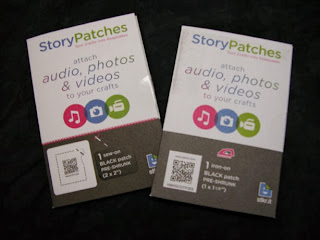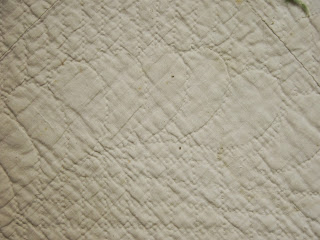Christmas was difficult for me this year. I just couldn't get in the mood. So right up to dinner on Christmas eve, I was still wrapping gifts, delivering them, shopping for last minute items etc. My style has always been prepare early, but this year I was a "goddess of the last minute," to borrow a phrase from Robbi Eklow.
Christmas is over, and I never finished getting ready. I need a nap. But before I go upstairs for my nap,
I thought I'd share with you some of the Christmas tree quilts I've made in the past.
Loving the ginkgo leaf I developed this little wall hanging. It's great for using up scraps. I used a number of different green fabrics for the leaves, fused them onto the background and embroidered them with my favorite green variegated thread. Using the same thread on all the different fabrics helps to unify the quilt. A bright red 4 inch border gives it a holiday feeling.
Here is the same tree in a much smaller size. This time I've added
little white snowballs over the embroidered surface. Because of its size
it makes a great gift. This one is 9 x 12 inches. You can lay this one
on top of a piece of foam core and set it on a small easel to decorate for the
holidays. You could also put the smaller size tree on a table runner or topper.
 |
| Christmas Jewels, 1988, made by Ann Fahl and Linda Honsberger 67 x 81 inches, hand quilted |
|
To make a long story short, long ago, my friend Linda and I decided we'd make a sampler quilt together. We purchased the fabrics at the same time. We each made 6 different blocks, making an extra of each to exchange. There were few rules, the blocks had to be 12 inches and use the fabrics we purchased, but we could set them together any way we wanted. It was fun to see how they turned out. Linda's was very different than mine. She set hers with a lighter print, setting the blocks on square with 3 across and 4 down. (sorry no photos of hers.) Both the quilts were entirely hand quilted!
 |
| A closeup of the center medallion. |
Some years ago, I was asked to demonstrate my machine embroidery techniques, so I took the ginkgo tree pattern and set it in a home environment. I added a little Oreo, her favorite toy and a coneflower to fill the space. This demo piece turned out really well, so I quilted it, bound it and added it to my traveling cat show. You can read more about it by going to the link under the photo.
 |
| Here's the red and green tulip quilt again. |
Here's the old quilt again, it is my current holiday quilt. This time I am only 20 stitches short of finishing block 15 of the 20 on the quilt. The left corner is in the worst condition of any on the quilt. For the most part, the red fabric was in good shape, but this one edge is falling apart. Perhaps it was exposed to the most wear or sunlight. As I get to a red border strip, I baste a thin strip of batting on top of the existing piece, and hand applique another red strip on top. Eventually I will hand quilt over the new appliques.
There are still a few days left of this holiday season. Have a wonderful one.
I'll see you next year!
Ann Fahl






























